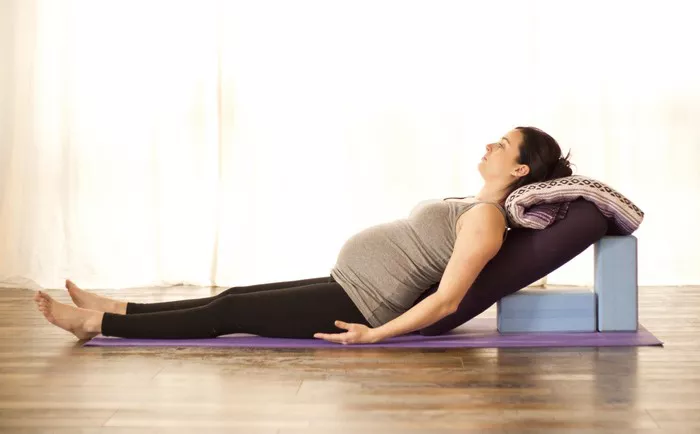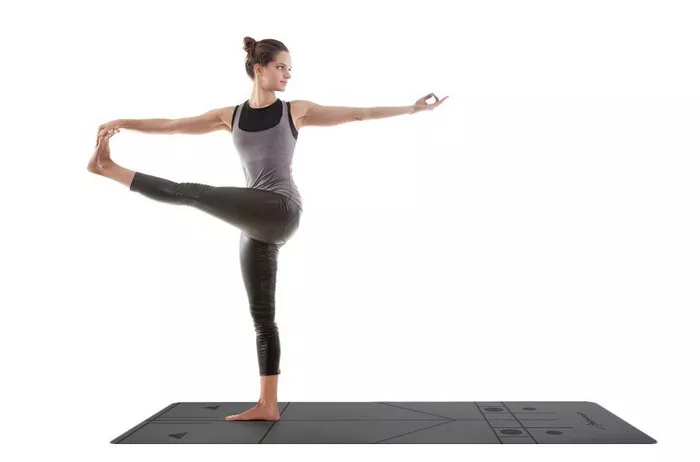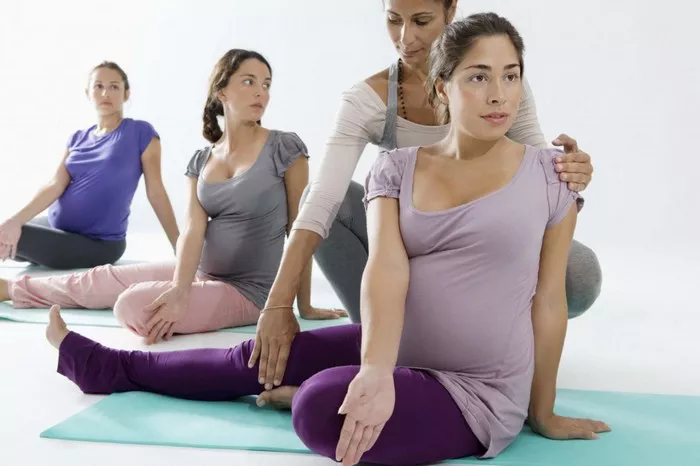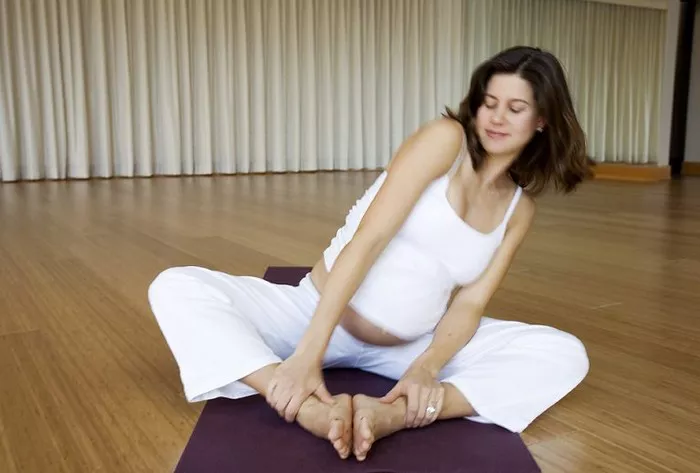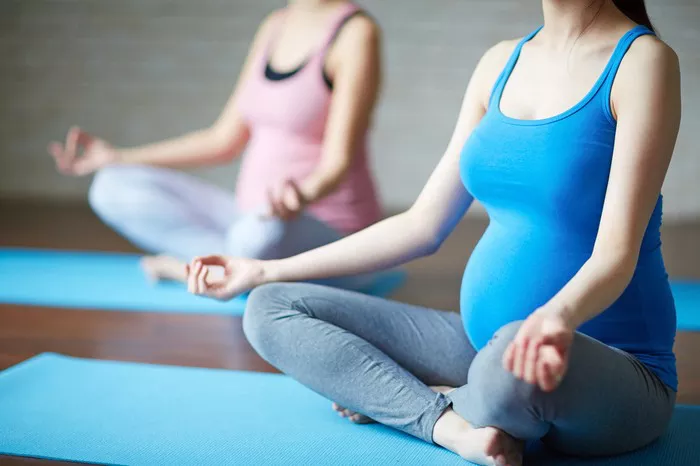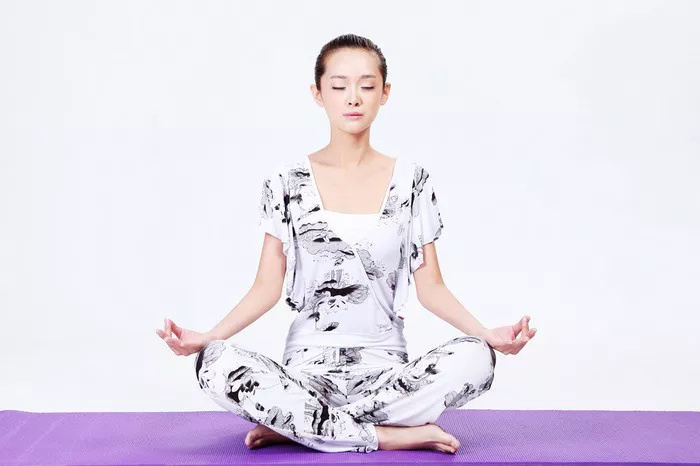Cataract surgery is a common and generally safe procedure that restores vision by replacing the clouded natural lens with an artificial one. While the recovery process is relatively quick, it is crucial to take appropriate precautions to ensure proper healing and avoid complications. Many individuals who practice yoga or are interested in starting yoga wonder when it is safe to resume their practice after cataract surgery. This article explores the best timeline for returning to yoga, precautions to take, and modifications to consider for a smooth recovery.
Understanding Cataract Surgery Recovery
Cataract surgery typically takes about 10–15 minutes per eye, but the full recovery process can take several weeks. The eye needs time to heal properly, and certain movements or actions can increase the risk of complications such as increased intraocular pressure, infection, or lens displacement.
After surgery, patients are usually advised to follow these general precautions:
- Avoid rubbing or touching the eye.
- Refrain from lifting heavy objects.
- Keep the eye area clean and dry.
- Avoid bending forward or placing the head below the heart.
- Use prescribed eye drops as directed.
- Protect the eyes from dust, wind, and bright light.
These precautions directly impact the timing and type of yoga practice one can safely engage in after cataract surgery.
When Can You Resume Yoga?
The timeline for resuming yoga varies from person to person based on individual healing, surgical techniques, and doctor recommendations. Below is a general guideline:
First Week After Surgery: Complete Rest and Gentle Breathing
During the first week post-surgery, it is advisable to avoid any yoga practice that involves movement. The eye is in its initial healing stage, and even mild strain can be detrimental. However, gentle pranayama (breath control) techniques can be practiced to promote relaxation and circulation. Safe practices include:
- Diaphragmatic breathing (Deep belly breathing): Helps calm the nervous system without straining the eyes.
- Nadi Shodhana (Alternate nostril breathing): Promotes balance and relaxation while keeping the body in a restful state.
- Ujjayi breathing (Ocean breath): Encourages mindfulness and reduces stress without physical exertion.
It is essential to avoid forceful breathing exercises like Kapalabhati (skull-shining breath) and Bhastrika (bellows breath), as these can increase intraocular pressure.
Week 2–3: Gentle Seated Yoga and Stretching
By the second or third week, patients typically experience significant improvement in their vision and overall eye health. At this stage, gentle seated yoga postures that do not require bending forward or straining the eyes can be introduced.
Recommended postures:
- Sukhasana (Easy pose): A simple seated position for gentle stretching and meditation.
- Tadasana (Mountain pose): Encourages posture alignment and gentle grounding.
- Pawanmuktasana (Joint-releasing series): Helps improve circulation and mobility without strain.
- Cat-Cow Stretch (Marjaryasana-Bitilasana) with a Neutral Spine: A gentle way to mobilize the spine without extreme head movements.
Precautions:
- Avoid inversions or poses that require bending forward, such as Downward Dog (Adho Mukha Svanasana) or Forward Fold (Uttanasana), as they increase intraocular pressure.
- Do not perform any asana that involves sudden movements of the head.
Week 4–6: Gradual Introduction of Standing and Balancing Poses
At around one month post-surgery, many patients feel ready to return to a more structured yoga routine. However, caution is still necessary, especially when introducing standing and balancing poses.
Safe standing postures:
- Virabhadrasana I & II (Warrior I & II): Strengthen the legs and improve focus without putting pressure on the eyes.
- Vrksasana (Tree pose): Enhances balance and stability without excessive movement.
- Trikonasana (Triangle pose) with Care: Should be practiced gently, avoiding excessive head tilting.
Modifications:
- Use a chair or wall for support when practicing balancing poses.
- Maintain a neutral head position to prevent unnecessary strain on the eyes.
Week 6–8: Reintroducing More Dynamic Yoga
After six to eight weeks, if there are no complications and with doctor’s approval, more dynamic forms of yoga can be reintroduced. This includes gentle Vinyasa flows, modified Sun Salutations, and deeper stretches. However, individuals should continue to avoid:
- Inversions like Headstands (Sirsasana) and Shoulder Stands (Sarvangasana), as these significantly increase intraocular pressure.
- Rapid transitions between poses that might cause dizziness or discomfort.
Beyond 8 Weeks: Returning to Full Practice
After two months, most individuals can return to their regular yoga practice, including more challenging poses, provided they have no lingering issues. At this point:
- It is still wise to listen to the body and avoid overexertion.
- Keeping the breath steady and smooth is essential to avoid unnecessary pressure build-up.
- Consulting with the ophthalmologist before resuming more intense postures is recommended.
Additional Tips for a Safe Yoga Practice After Cataract Surgery
- Listen to Your Body: If any pose causes discomfort or strain, stop immediately and adjust.
- Use Props: Yoga blocks, bolsters, and straps can provide additional support.
- Maintain Hydration: Keeping the body hydrated aids in healing and overall wellness.
- Protect the Eyes: Wearing sunglasses when practicing outdoors can prevent irritation from wind or bright light.
- Seek Guidance: Working with a yoga instructor who understands post-surgical limitations can be beneficial.
Conclusion
Cataract surgery requires a period of recovery, during which certain yoga poses and practices should be modified or avoided. While gentle breathing exercises can be done within the first week, physical yoga postures should be introduced gradually based on healing progress. By following medical guidance and making appropriate modifications, individuals can safely resume their yoga practice while promoting overall well-being and vision health.
Before restarting yoga after cataract surgery, always consult with your ophthalmologist to ensure you are on the right track to recovery. With mindful practice, you can return to your yoga routine safely and confidently, embracing its many benefits for body, mind, and spirit.
Related Topics:






